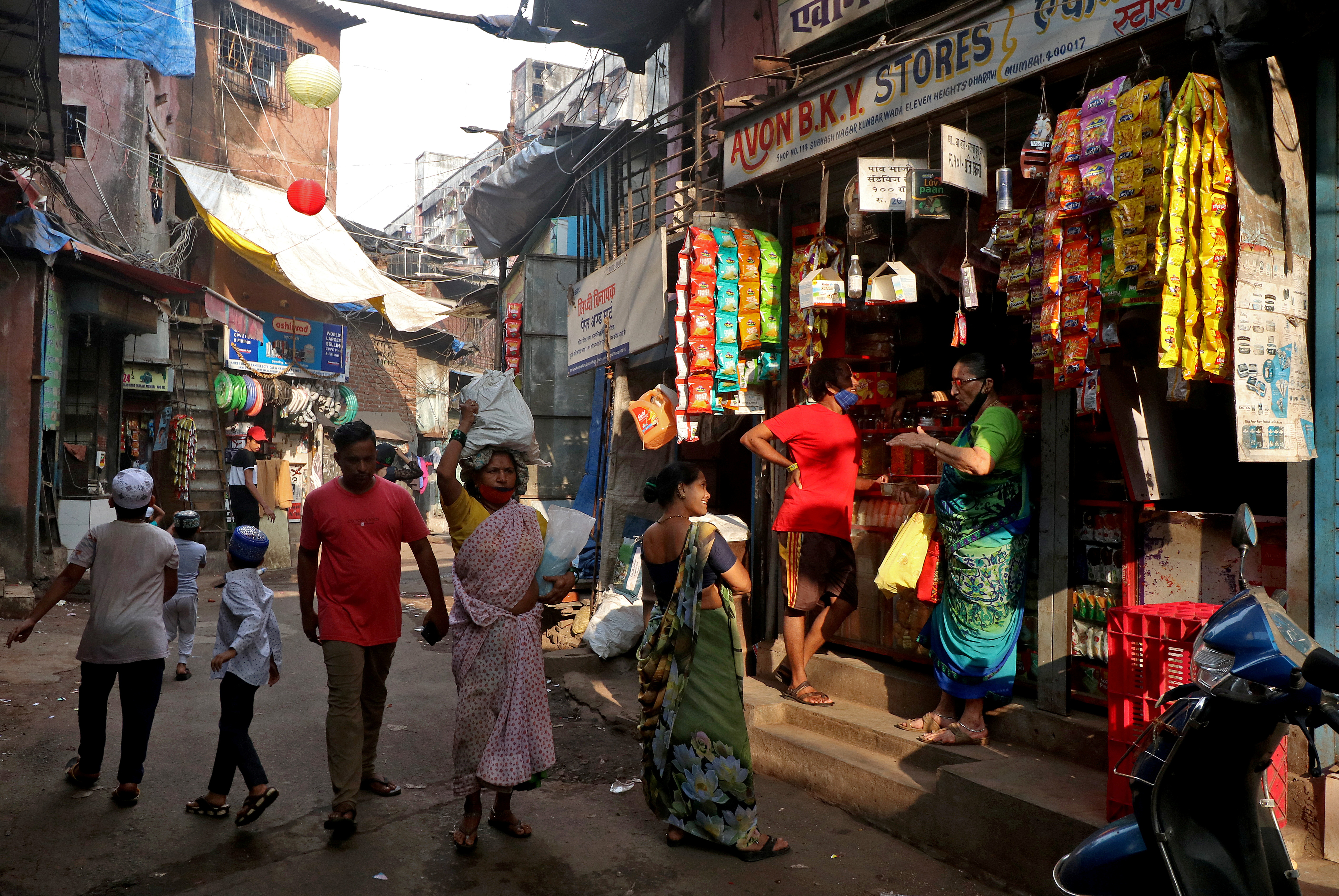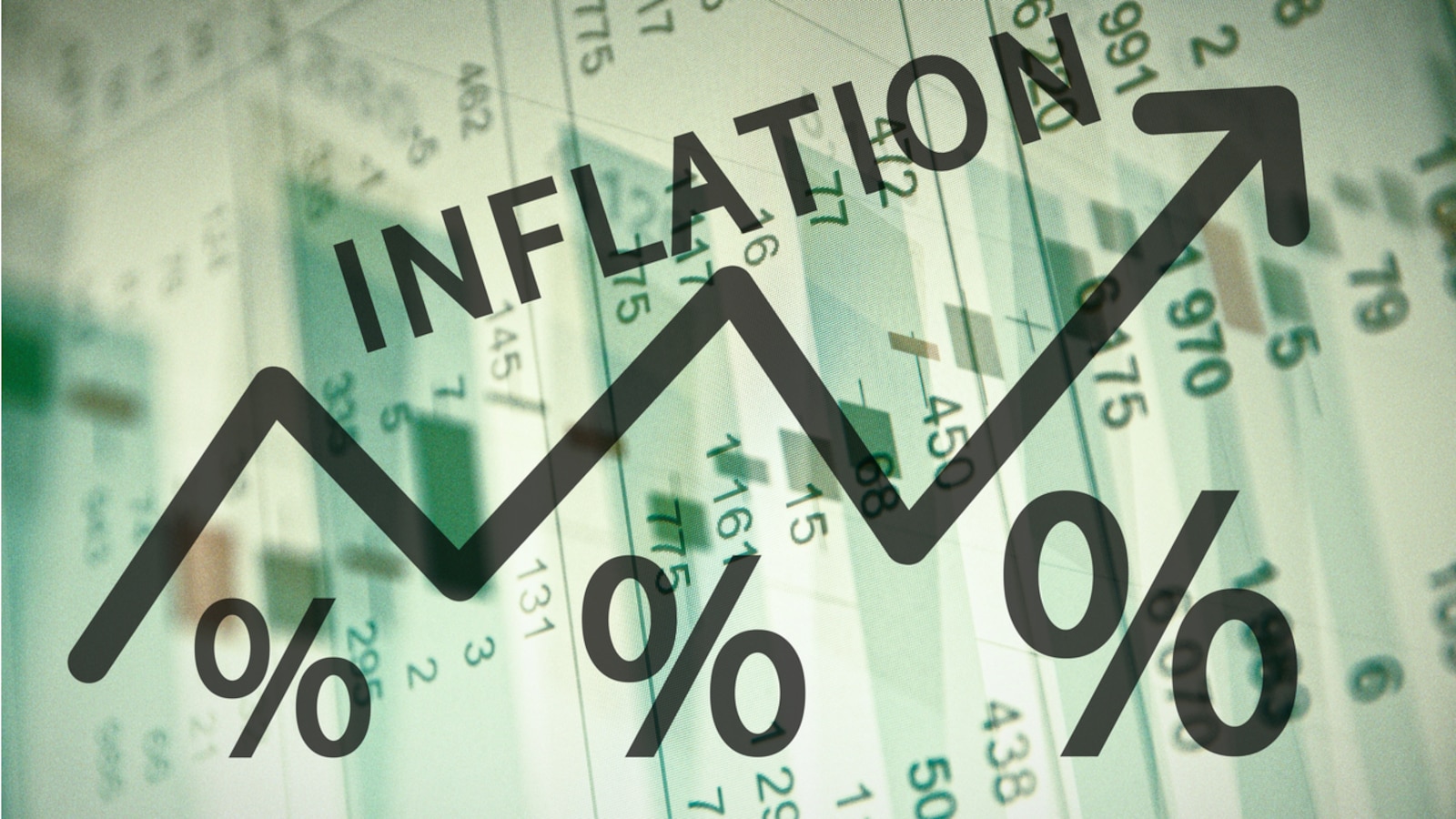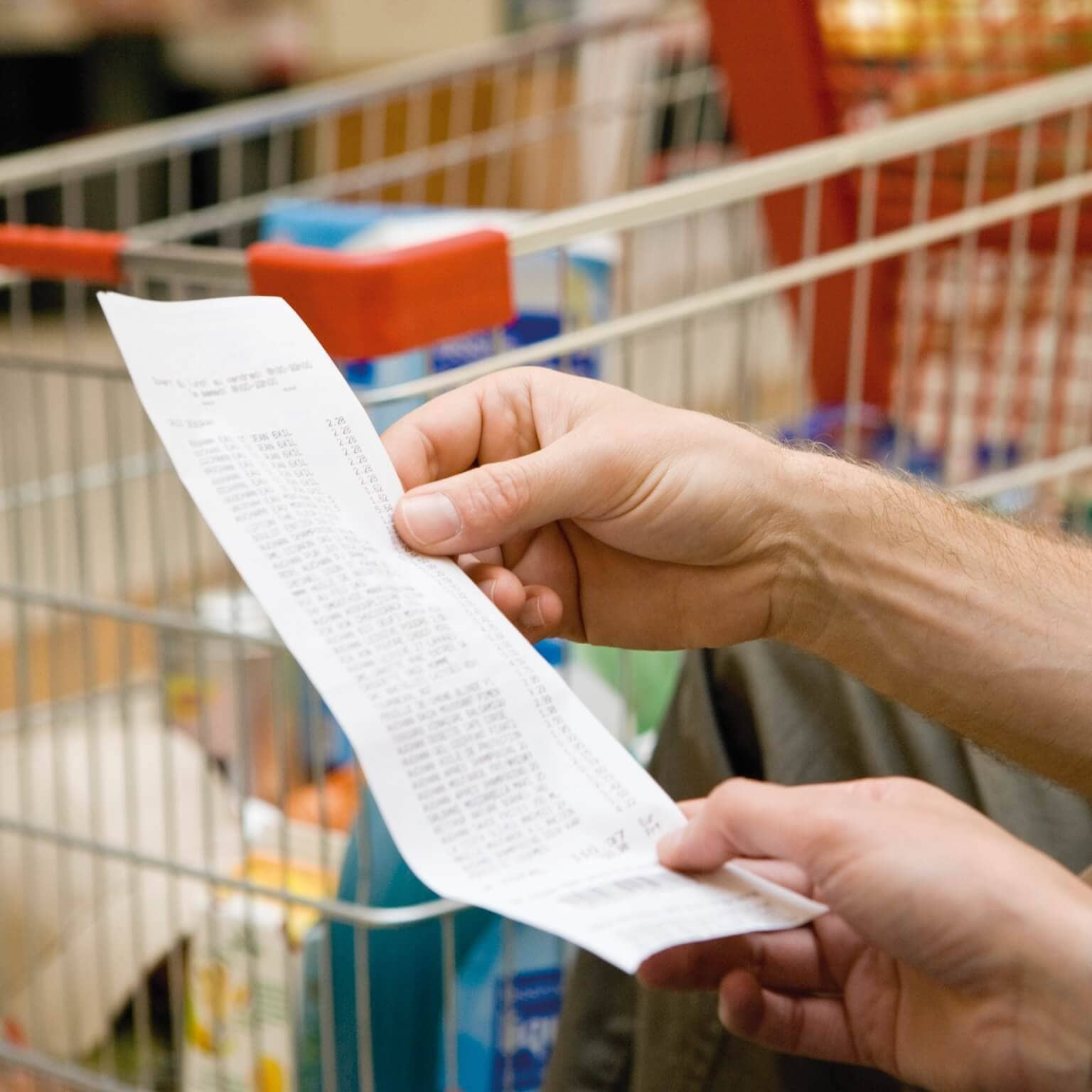How Retail Inflation Affects the Economy: Insights by Barclays 2023

How Retail Inflation Affects the Economy: Insights by Barclays 2023
Despite rising vegetable costs and stable gasoline prices, retail inflation is projected to have remained unchanged at 4.26 per cent in June compared to May, according to British stockbroker Barclays.
According to British firm Barclays, despite skyrocketing vegetable costs and stable gasoline prices, retail inflation is projected to have been unchanged at 4.26 per cent in June compared to May.

Nearly 60% of the Consumer Price Index (CPI) comprises the food and gasoline baskets.
Global investment banking giant Barclays recently shared a prognosis that suggests India’s retail inflation for June likely remained flat at 4.26 per cent, unchanged from the previous month.
If proven accurate, this suggests a period of relative stability, providing much-needed respite from the persistent fluctuations witnessed over the past year, primarily due to the COVID-19 pandemic and related disruptions.
The Consumer Price Index (CPI), used as the central measure of retail inflation in India, has been hovering around the 4 per cent mark for the last few months. The CPI inflation target band set by the Reserve Bank of India (RBI) is 2-6%. Therefore, if Barclays’ prediction is accurate, the stability in the inflation rate would be seen as a positive sign by policymakers and investors, indicating a balanced economic climate conducive to consumer spending and savings.

Barclays’ forecast is based on an extensive analysis of multiple indicators, including food prices, global commodity prices, and other macroeconomic factors. According to their report, several factors have contributed to stabilizing the inflation rate.
Food inflation, a significant contributor to retail inflation in India, has remained subdued due to favourable weather conditions leading to sound agricultural output and effective supply chain management. Additionally, the phased easing of lockdown restrictions has improved logistics and distribution, helping keep food prices in check.

Even though food prices have been rising despite essentially constant energy prices and steady core inflation, Barclays India analysts, led by its head Rahul Bajoria said on Wednesday that retail inflation was probably flat in June compared to 4.25 per cent in May. The cost of vegetables has been high lately, led by tomatoes, potatoes, and onions. As a result of the monsoon’s absence in June, the price of tomatoes has already surpassed Rs 140 per kilogramme in several marketplaces.
“We anticipate that June’s CPI inflation was unchanged, with headline inflation coming in at 4.26 per cent as opposed to 4.25 per cent in May.

This lack of change in headline inflation hides a sequential increase in food costs, which, according to the note, caused the headline index to increase by 0.53 per cent month over month as opposed to 0.51 per cent in May.
Barclays predict RBI’s preferred core inflation to be constant at 5.17 per cent in June compared to 5.15 per cent in May.
The cost of home products, entertainment, health, and education will continue to grow. However, some of that growth will be seasonal due to summer’s greater demand for leisure activities and consumer-durable items.
On the global front, while commodity prices have seen an uptrend in recent months due to increased global demand as economies recover from the pandemic, they have not significantly impacted Indian retail inflation. This relative immunity can be attributed to the RBI’s proactive measures in maintaining adequate forex reserves and effective import management.

The increase month over month is partially seasonal as warm weather raises the cost of perishable foods like tomatoes. The experts also highlighted a minor increase in power rates, prices for various non-perishable foods, and prices for consumer durables.
Despite these variables, they anticipate that food inflation would be flattish at 3.5% in June compared to 3.3% in May, primarily due to a more extensive base. According to their estimates, food prices increased more quickly in June than in May (1.1% growth), reaching their highest level since May 2022.
Momentum varies within the food basket, with perishables like fruits and vegetables, plant and animal protein (pulses, milk and meat, fish and eggs), and spices experiencing continuous price increases. According to the paper, the price of cooking oil is probably the only element that decreased even lower in June due to dropping global prices.
Barclays’ report also pointed out that the core inflation, which excludes the unpredictable costs of food and fuel, stayed stable, suggesting that the economy is not experiencing much demand-related pressure. This trend indicates that while consumption patterns are slowly returning to pre-pandemic norms, there isn’t a sharp surge that could trigger inflationary trends.

Despite the optimistic picture painted by the June estimate, Barclays’ analysts warned of potential risks that could impact future inflation. They emphasized the need to closely monitor global commodity prices, the monsoon’s impact on food output, and the pace of economic recovery as potential sources of future inflationary pressure.
The current projection of stable retail inflation provides a much-needed breather for the RBI, juggling the delicate balance of promoting growth and keeping inflation under control. Continued stability in inflation will allow the RBI to maintain its accommodative monetary policy stance, encouraging lending and investment to spur economic growth.
However, it is essential to maintain a vigilant eye on the changing economic landscape. External shocks, a sudden spike in global commodity prices, or unforeseen supply chain disruptions could destabilize this delicate equilibrium. The economy is still recovering from the far-reaching impacts of the COVID-19 pandemic, and uncertainties continue to linger.

Barclays stated that it anticipates a modest offset in power rates in places like Karnataka but a further increase in Tamil Nadu and Delhi due to fuel inflation. However, total fuel inflation is anticipated to decline from 4.6% in May to 3.4% in June.
While the forecast of stable retail inflation in June is a welcome sign, it is paramount to monitor economic indicators closely. Only through proactive policymaking and responsive measures can the balance between growth and stability be achieved and maintained, securing a sustainable recovery for the Indian economy.




